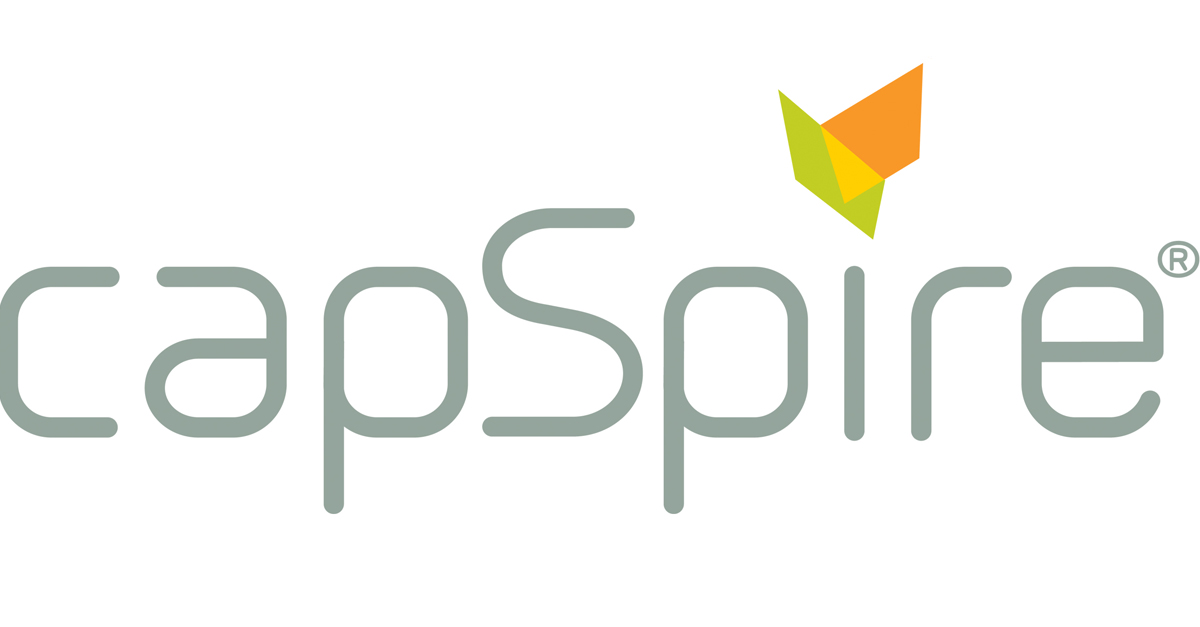Earlier this month, capSpire participated in the EMART Energy Conference 2017 in Amsterdam. A premier educational and networking event for traders from utilities and energy companies across Europe, EMART is a platform for disseminating the latest industry news, trends and market insights to help traders thrive in the dynamic power and energy markets
Held on the final day of EMART, the CTRM Conference brought together end users, consultancies, and vendors to discuss significant changes in how commodity traders do business and how new, innovative technologies—with a focus on commodity-trading-and-risk-management (CTRM) software—can help to alleviate the inherent challenges in this increasingly complex landscape.
capSpire observes that the following trends will play an increasing role in commodity-trading businesses:
1. The “Internet of Things.” The Internet of Things (IoT) refers to the 8 billion Internet-connected devices that actively collect, transmit, and receive data in up to real time. By 2020, there are projected to be more than 20 billion Internet-connected devices. The result is an abundance of information in less time and a much more sophisticated, fast-moving, and complex trading space—not to mention the need for IT infrastructure that can support the constant flow of large volumes of data. But with increasing complexities come valuable market insights and opportunities to enhance profits. For utility traders, an example of such an Internet-connected device is the smart meter, which can deliver real-time updates on customers’ electricity use. Smart meters provide wholesale electricity suppliers with a detailed level of insight into usage patterns, which enables greater accuracy in forecasting consumption and a potential increase in profits.2. Management of Big Data. As technology capabilities improve, the demand for managing a greater number of data streams increases. For traders in the power market, the intraday market—the increasingly liquid within-day markets that are evolving in resolution to become even more granular—is critical to maximizing profits. Businesses are seeking a means of managing granular trading data down to the half hour or less, as well as a means of evaluating and reporting intraday trading activities. Additionally, for improved data management and speed of reporting, organizations are evaluating a number of technologies to enable handling all this data.
3. Artificial Intelligence and Automation. Trading tools have long existed to give traders guidance or allow them to try to predict the direction of a commodity market. But now, we’re seeing an evolution toward automated tools that save traders time in gathering market information, enable traders to react faster to timely information, and eliminate human error. An example of this is social media mining (SMM). SMM is a means of monitoring news sources and social media channels on an automated basis to identify information that can impact commodity prices. SMM aggregates this information for traders, applies artificial intelligence, and then provides businesses with an interpretation of what may happen to the price of a commodity in the future.
4. More Cloud Options. The cloud is now a term with many interpretations. Previously, the term referred to multiple organizations storing data using the same instance (multi-tenancy cloud). Today, organizations have the option of single-tenancy versus multi-tenancy cloud, and using various commercial and delivery models. Large numbers of vendors provide different cloud models with pros and cons for each option. What works for smaller organizations may not be a good fit for larger organizations, and vice versa. Whichever cloud model an organization chooses, it must be flexible and enable a lesser or greater degree of customization to suit specific business needs.
5. Blockchain. Blockchain technology offers organisations a new, more secure way of sharing highly confidential transactional information between organizations. A decentralized means of communicating, Blockchain delivers transaction records as individual timestamped blocks and stores them chronologically. As a result, sensitive information cannot be altered. The main benefit with this technology is enhanced security, protection of confidential information, and efficiency in processing. Although it is still an emerging technology within the commodities trading industry with a few early adopters running proof-of-concept programs, it will likely become a mainstream IT consideration for organizations to implement within the next 3 to 5 years.
For more information about how digitalization, sophisticated data management, automation of technology, and cloud technology can be incorporated into your CTRM system to enhance how your trading organization conducts business, please email info@capspire.com. capSpire provides the unique combination of industry knowledge and business expertise required to deliver impactful business solutions. Trusted by some of the world’s leading companies, capSpire’s team of industry experts and senior advisors empowers its clients with the business strategies and solutions required to effectively streamline business processes and attain maximum value from their supporting IT infrastructure. For more information, please visit www.capspire.com.
About capSpire










